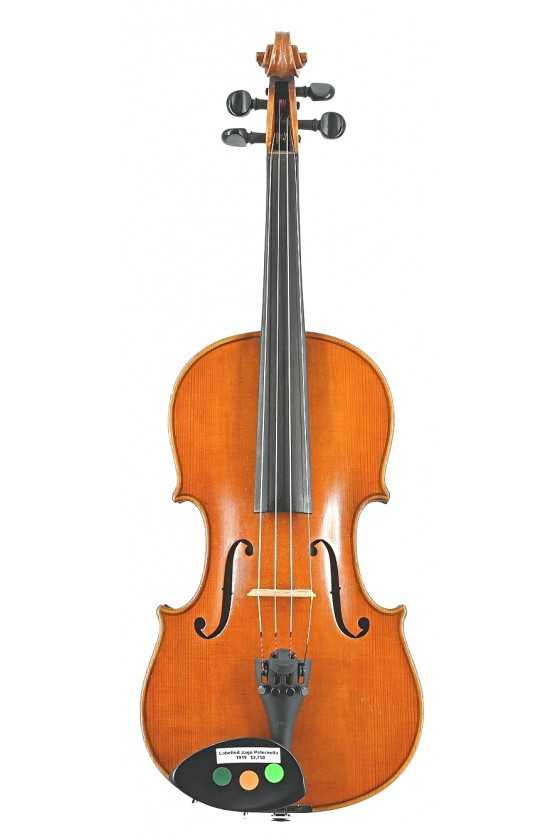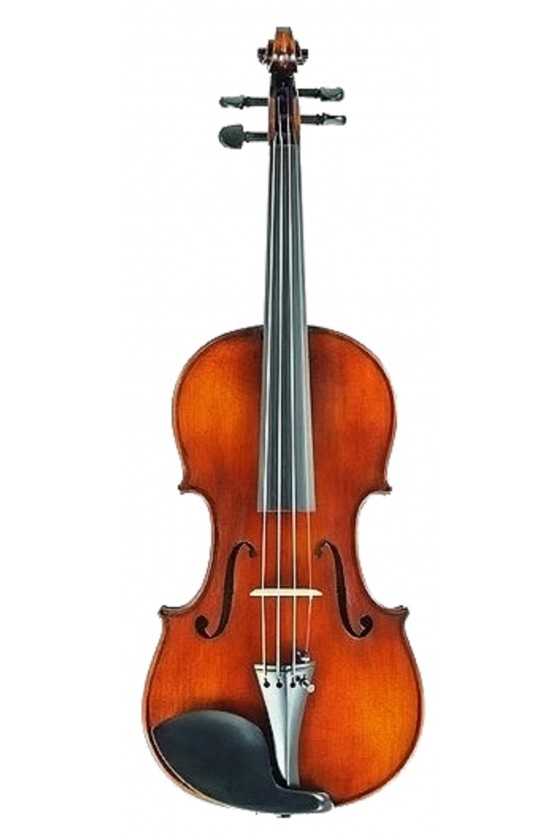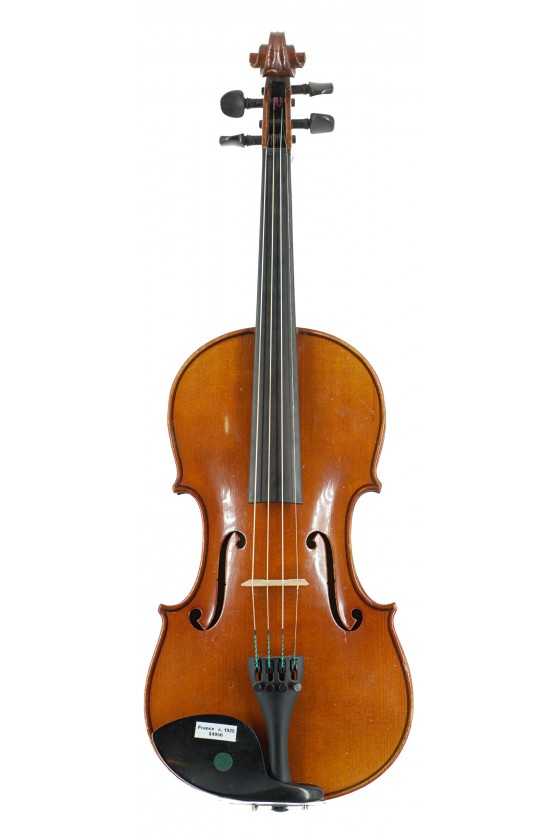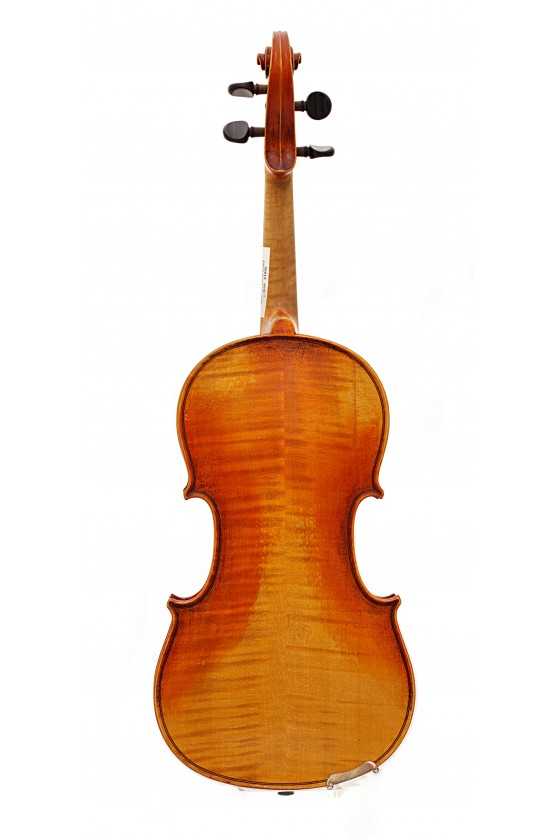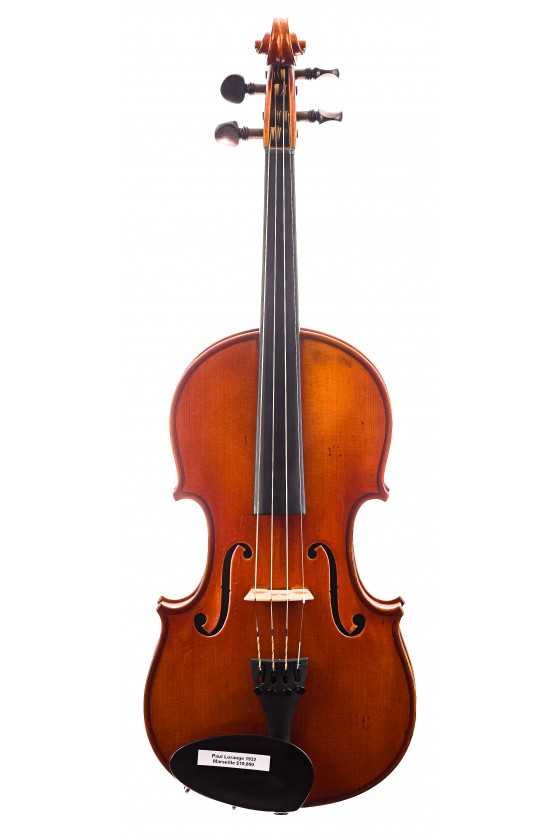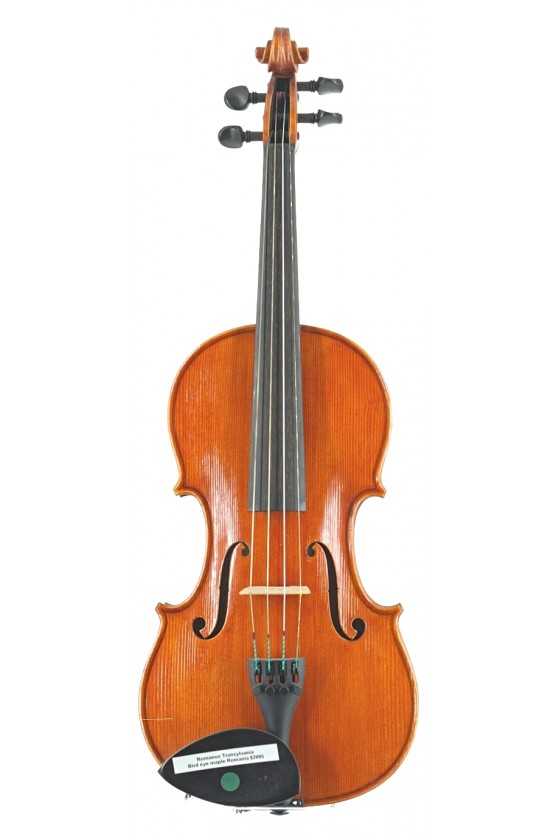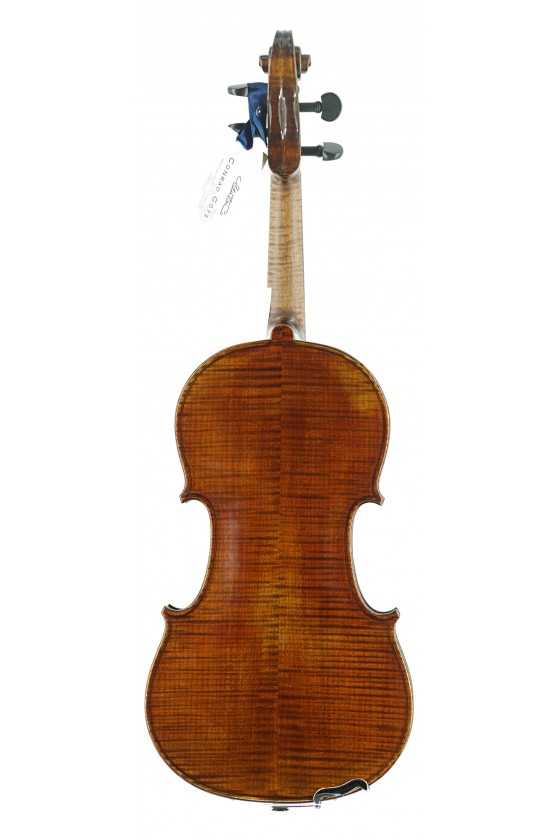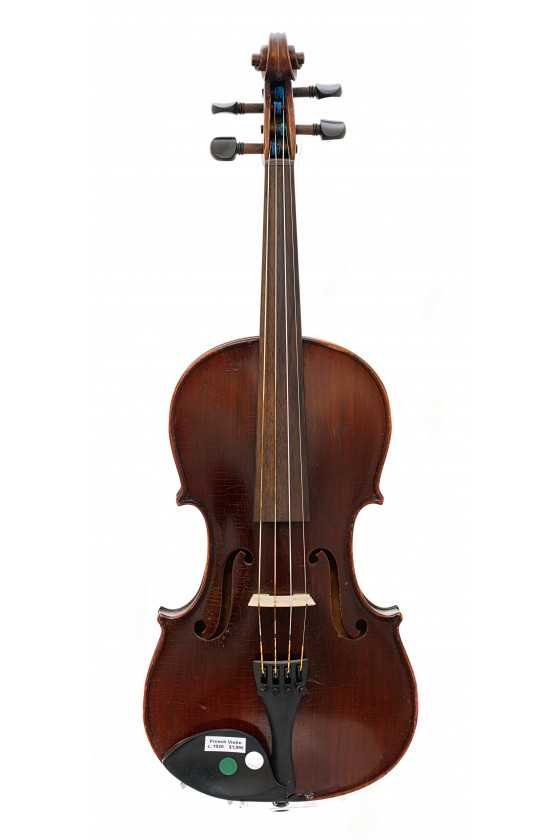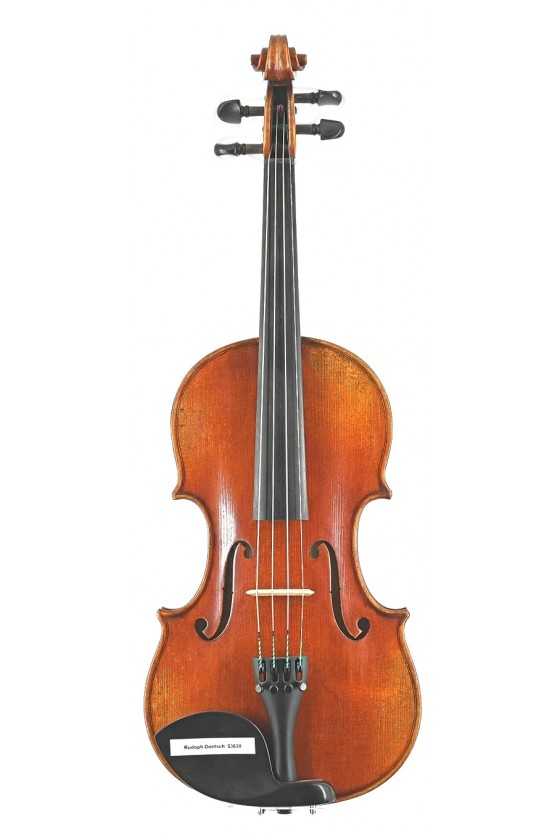Andreas Eastman VL305 Violin
Andreas Eastman VL305 Violin Features: ( Violin Only)
• Entirely hand-crafted from select tonewoods
• Select spruce top and highly flamed maple back, ribs, and scroll
• Hand-applied antique-style spirit varnish
• Hand-carved boxwood pegs, tailpiece, and chinrest with ebony trim (violin and viola)
• Stradivari pattern
• Wittner composite tailpiece with four fine tuners available as an option
• Violin available in sizes 1/10, 1/8, 1/4, 3/4 & 4/4
• Comes with bow, case, and rosin


